Following on from eclectic, engaging album The Valley, Whitechapel are back with Kin, their most expansive and (dare we say) mature album yet. A direct continuation of The Valley, at least in a narrative sense, the album sees the band continue to push their musical boundaries ever wider, providing vocalist (and chief lyricist) Phil to explore his dark muse.
Arguably one of the albums of the year, Kin is most certainly the best album to which Whitechapel have yet put their name, and it was a pleasure to sit down with guitarist Ben Savage to discuss the challenges of expanding a band’s sonic palette, the development of the eerie art that graces the cover and much more. Read on and step into the world of Kin.

Watching Whitechapel develop over the years has been a real joy but, I guess, when any band starts out, you have to identify with a genre so that you can find a record label that matches your influences and find the festival bills that work for you… but, over time, you need to make artistic changes in order to maintain the band – is that how you feel about it?
Yeah, I mean, you’ve got to want to get up and grab a guitar and want to write something that’s exciting. I mean, that’s what it all comes down to – yourself and your instrument, so you have to find something that keeps that fire alive. So, it’s evolution and it just seems to go hand in hand to keep you wanting to pick up the instrument. The passion to try something else. You don’t want to just write the same things because it’s a constant growing up, and you want the music to grow up with you.
I agree, but it’s quite a tightrope to walk because, as a band, you generate fans, you build off the back of a certain sound and look, so you have to try to evolve without alienating those who’ve been there from the start. Did you feel that to be a challenge?
Yeah, it was a challenge just getting to the point to where we felt confident to start introducing more melody. And you know, it just came from time.
We released three records at the beginning that were pure death metal / deathcore sounds. And then the fourth album, we started to incorporate slower rhythms, just more menacing, slower rhythms. And delving into that opened the door for more melody. It’s hard adding melodies over fast music. So, once you start incorporating slower rhythms that keeps the guitar strumming – there’s more space in the music to add more melodies and it started in 2012.
Once we started adding melodies, Phil felt confident to sing over it. There’s a fine line – you can sing over fast music, but usually it’s not the kind of singing we like. So, adding more slower melodies helped with Phil gaining more confidence to sing and he started doing that around 2016, with Mark of The Blade. And once we felt more confident in doing that, we had a couple of years to gestate and write music for The Valley. And The Valley kind of opened the floodgates for what we felt we could do, so we went all out on the new album.
But yeah, there is a fine line between, you know, making it like a completely separate band. I think Phil’s story kind of helps to tie it all in, kind of like a theatrical vibe, rather than just “oh, they’re throwing in singing because he can sing.” It’s not like that at all. We’ve not changed how we write music – it all just starts with an idea, and you take that idea as far as you can take it. But yeah, we’ve been really careful about how it sounds and if it sounds… if it speaks to us.
It kind of feels like that confidence to introduce those melodies went hand in hand with the confidence to write more personal lyrics as well, because the early albums were more fantastic in their subject matter, whereas The Valley is very close to the bone. Was that the result of the members of the band coming closer and developing greater trust within the band?
Yeah, yeah. It was a very important story. I feel like it helps people and takes people away from life. When you put a record on, it’s like a real personal thing so, we just want to support that as much as we can musically. So, we’re very hard on ourselves as to how we can make it sound like the music supports the story and doesn’t sound casual or easy. We were trying to make it like it’s entwined in our musical style. Yeah, so, we take each part – each song – as its own entity and just kind of build from there. It’s a fine line and you’ve got to work it to make sure it doesn’t sound like… you know. You’ve got to kind of use your gut – sometimes it just doesn’t sound right, and you can feel that. Sometimes, you’ve just got to work it, you know.
As a musician, I think it’s really exciting when you have a concept that you can gel around as musicians. When it comes to writing the music, is it music first and then lyrics, or do the lyrics driver the music?
No, we never had any lyrics. With The Valley, we wrote the music and Phil wrote the lyrics afterwards. That’s kind of how we normally do it. He likes to have the song completely done before he writes the lyrics. And so, once he came up with the concept of The Valley, it was like “oh my god, this is great!” So, that helped with the visual aspect because once we had the story of the valley in place, we could see how we could wrap it as like a horror story, or short stories.
And that really helped with Kin, because we were talking about it being a continuation of The valley, so we wrote music to help fit the saga that was started on The Valley. We didn’t want to make The Valley Part II as far as the music goes, but we wanted to make it a continuation as far as the lyrical concept.
The thing that we did differently with Kin was we wrote all the music, like we usually do, and then we sequenced how we thought it should sound musically. So, we made a track listing without any lyrics or any vocals. And then Phil wrote the lyrics from beginning to end, like you would a novel. So, the first track is like chapter one, and then it goes linearly to the climax – the title track. So, that’s the first album that we’ve ever done that for, which is really cool.
Phil had a specific concept in mind, and he came up with that when he heard the music, which is very impressive; like how he could hear the music and then see visuals and storylines within the music. It was really cool. So, while The Valley tells short stories, Kin is one, long novel. And the first track feels like opening an old book – a tale as old as time itself [sings a few bars] – a Western, d minor sound. That’s how it came about. The first track, actually, that got us excited is I Will Find You, which is the first track on the album, because it’s a direct continuation of Doom Woods. If you put on Doom Woods, the last track on The Valley, into the first track of Kin, it flows perfectly. Once we found that musical idea, that’s what really sparked the writing process.

I’m glad that you brought up sequencing and stuff, because it’s quite an unsung art – taking that broad view and bringing everything into an order that works from a musical and narrative sense, especially in terms of developing a flow form the previous album to this one. It’s a really cool, kind of proggy idea, that creates an interesting vibe for your fans.
Yeah. It’s fun. It was fun once we came up with that. It just starts with an idea and then you explore it and try every little thing to make the idea work. It’s cool to have members you can bounce ideas off of, that helps a lot – to get to your ultimate goal faster.
But yeah, it was very cool once we came upon that. It really started to get exciting once Phil started to write lyrics and show them to us, so we could see it coming together. Once Phil does vocals… we usually record rhythm guitars first and then drums… no, then vocals, then drums after vocals. And lead guitars and acoustic guitars after vocals so that, with the leads, I can bounce off Phil’s vocal tracks, so I can continue his story with acoustic parts and lead guitar playing, so it all just feels threaded together in the end. Yeah, it was a long process, that’s for sure.
With the pandemic, I guess you had the time, but recording has been really difficult this last year, with social distancing and all that – did you have those sorts of issues?
We wrote the album together, social distanced and we did the whole thing. We wrote the album together because we live near each other, and we recorded together too. We and our producer, Mark Lewis (because he doesn’t live too far from us either), and we were there, in proximity with each other all the time.
We didn’t really face any of those social distancing issues until we recorded drums. We recorded like guitars and vocals at Zack’s house, our guitarist Zack, because he’s got a home studio. He’s got all that set up and he’s really into engineering and he has all that you need – the basics – at his house. But we went to a real studio, like a big drum studio in Nashville, and that’s when we started doing the masks and everything, because there were people who worked at the studio doing that. That was the only time we felt, really, a pandemic vibe. Yeah. It wasn’t like we lived in different areas and had to write it on computers and stuff. We were all there. We wouldn’t have been able to make the record we had if we hadn’t all been in the same room together – we need all of us in there to make it sound like Whitechapel.

All your music, right from the get-go, had a really strong visual identity, but it reached a peak with The Valley and its horror movie imagery, and Kin is even better. I think it was your wife who did the art for this album, based on a concept by you, right?
Yeah. We’ve got the artwork right here.
Sweet!
Yeah, she did an amazing job. She has a major in drawing from the University of Tennessee, so she knows what she’s doing. I have all these sketch books and stuff, like ideas, and I just kind of get these ideas down. Like, for the Valley, I sent Branca like an eyeball with a valley – a simple drawing. Because I’m not a scholar, I’m more of a doodler. So, I sent it to Branca, and he came back with this amazing piece. Then, with this one, I have like this app on my phone called You Doodle, and I was just messing around with this photograph until we had this image that all the band members liked. Then, we gave it to Jill, and it took her about a month of eight hours a day doing the dots.
Yeah, it was a hard process, because you kind of learn along the way and you realise when you’ve gone to far, and then you have to paint over it and do it again. It was cool just being there while the art was being created, because we usually send ideas over email and then you have to wait a few days for the artist to get back, then you have some more changes, then send it back. deadlines come and sometimes you have to settle, like “this is it”. But this time, we had time to focus on it which was great.
For me, it comes back to this idea of the album as a holistic thing, because you have the music, the packaging, the great art… there’s something very tangible about the art you created for Kin, which looks really cool – especially on vinyl.
Yeah, it’s like the same size – 12 x 12 – so it’s the same as vinyl. Yeah, when you get the vinyl, you’re holding the actual size of the original artwork which is awesome. So, yeah, we took it to this place in Nashville called Chromatics – it’s got this huge, million-dollar scanner that scans like Smithsonian documents, so it got all the little nuances that you want in the artwork. Yeah, it’s great and it really gives a personal touch. It’s personal all around. It’s like an ouroboros [laughs] It’s cool.
Looking at getting back out on the road, do you think you’d consider playing this record in full?
Yeah, it’d be great, I’d love to – do a Valley and Kin companion live thing. We’ll start out playing the songs – the main singles form the album first and then go form there. I think it’d be a real, cool, operatic experience if we did it form beginning to end.
There’s something so cool about that – you know, like Queensryche doing Mindcrime – you get that sense of drama in there.
Yeah, it’d be cool. Yeah, Queensryche, it’s funny you mentioned that – the guy who records us, Mark Lewis, he said, I guess the riffs and clean tones reminded him of Queensryche. I was like “oh, cool!” I’ve never really listened to much of their stuff, but you know, I know they’re like an important progressive band from the eighties and stuff. It’s cool when you get compared to bands that are respected and stuff, it’s nice.
Mark’s done like five albums for you – it feels like he’s almost an unofficial member now?
Yeah, yeah. It’s cool – it’s got to the point that he’s not afraid to tell you that a part sucks or whatever. He’s really good at tones and he has a really good ear for tuning. I can think that my guitar sounds more in tune than it’s ever been and he’s like “no! that sounds like shit!” It’s cool!
Producers have such an important role and having a good relationship can really redefine how you approach the music and especially the sound.
Yeah. He really wants to get a good tone, so it’s not like we just hop into recording right away. It takes a while to get tones with Mark. With that, it’s kind of tedious, so during the time we’re getting tone and stuff, it gives you more time to reflect on the music and the material. So, it’s a big influence on the way we work and how the end product is.



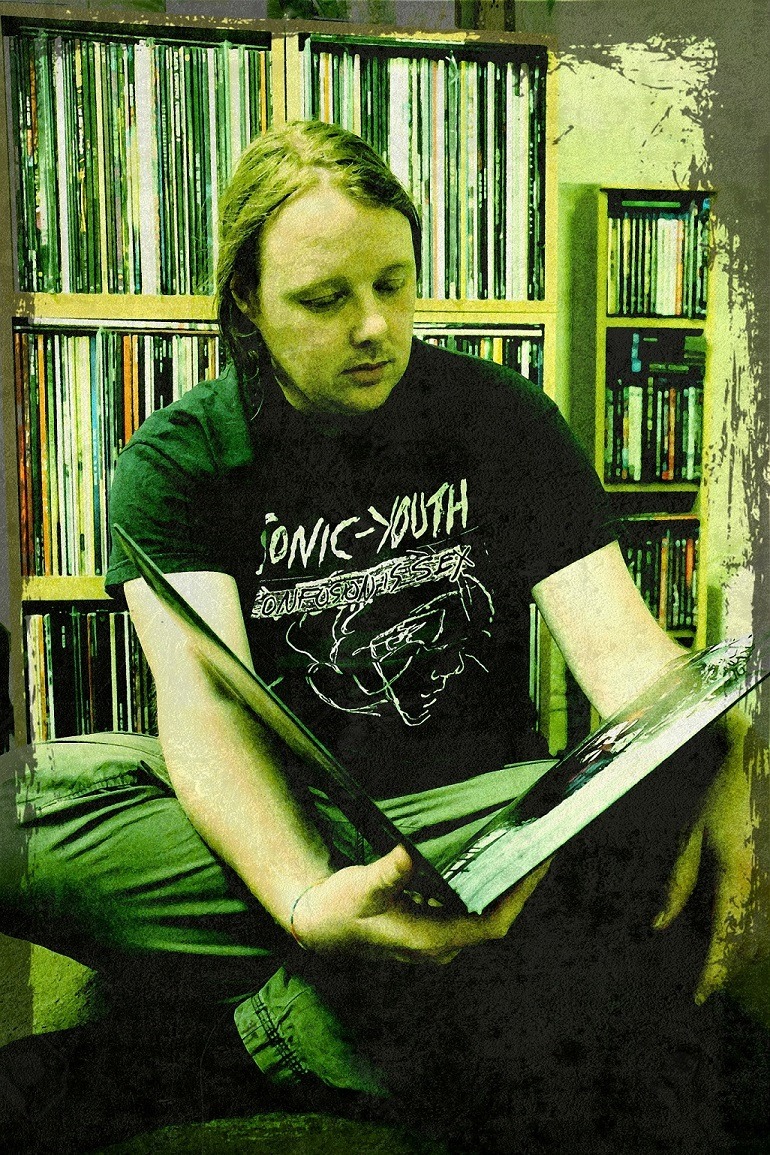

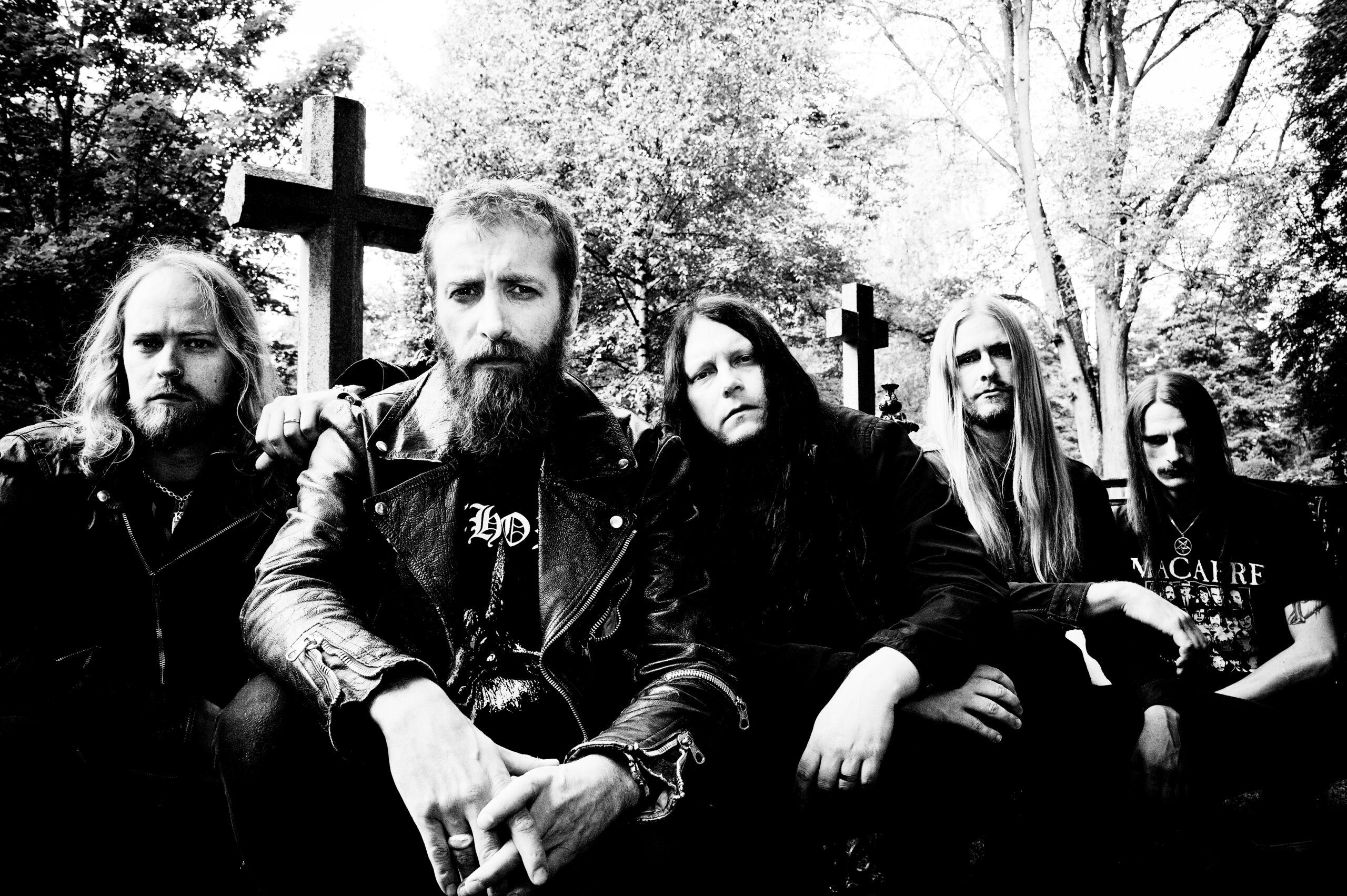
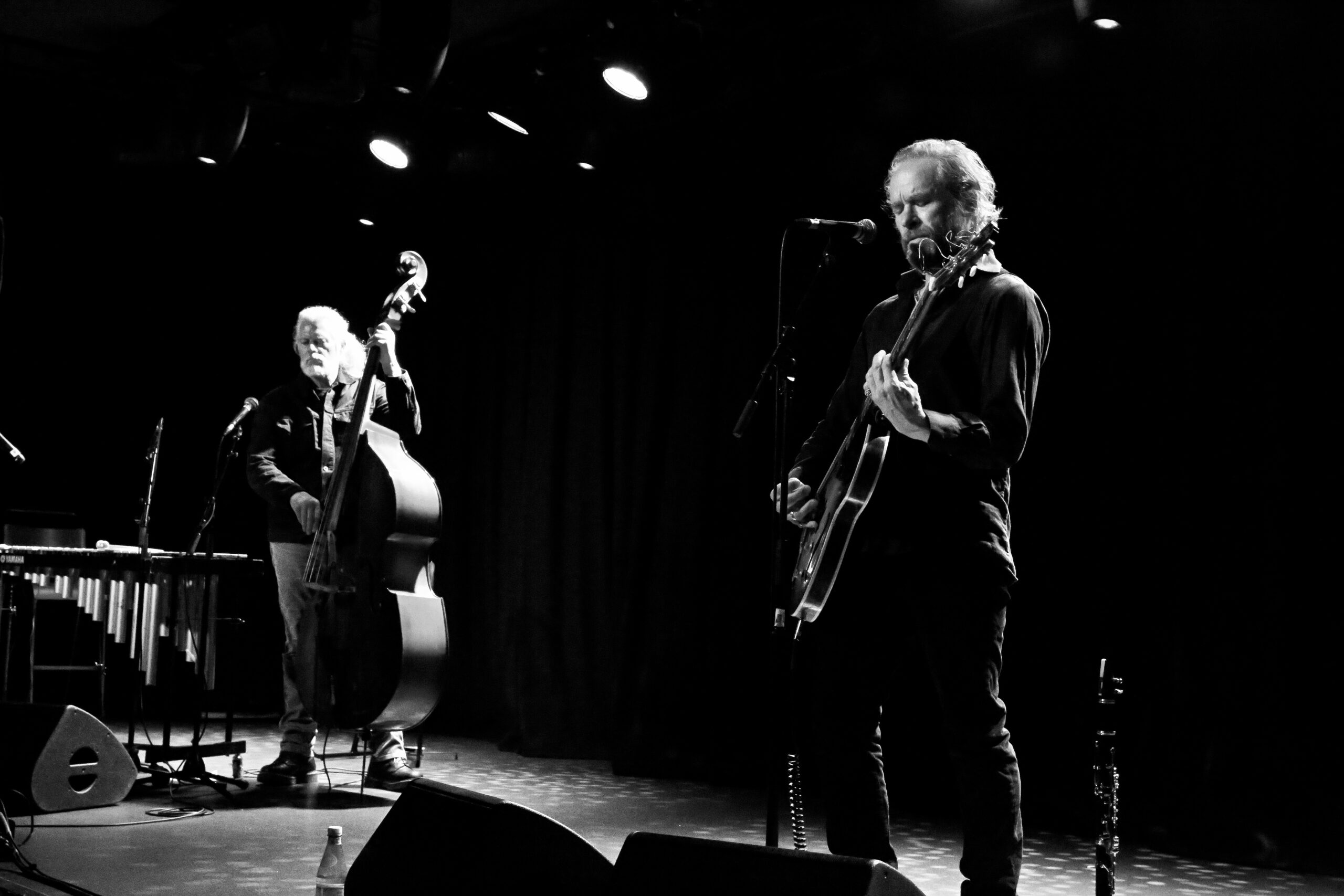
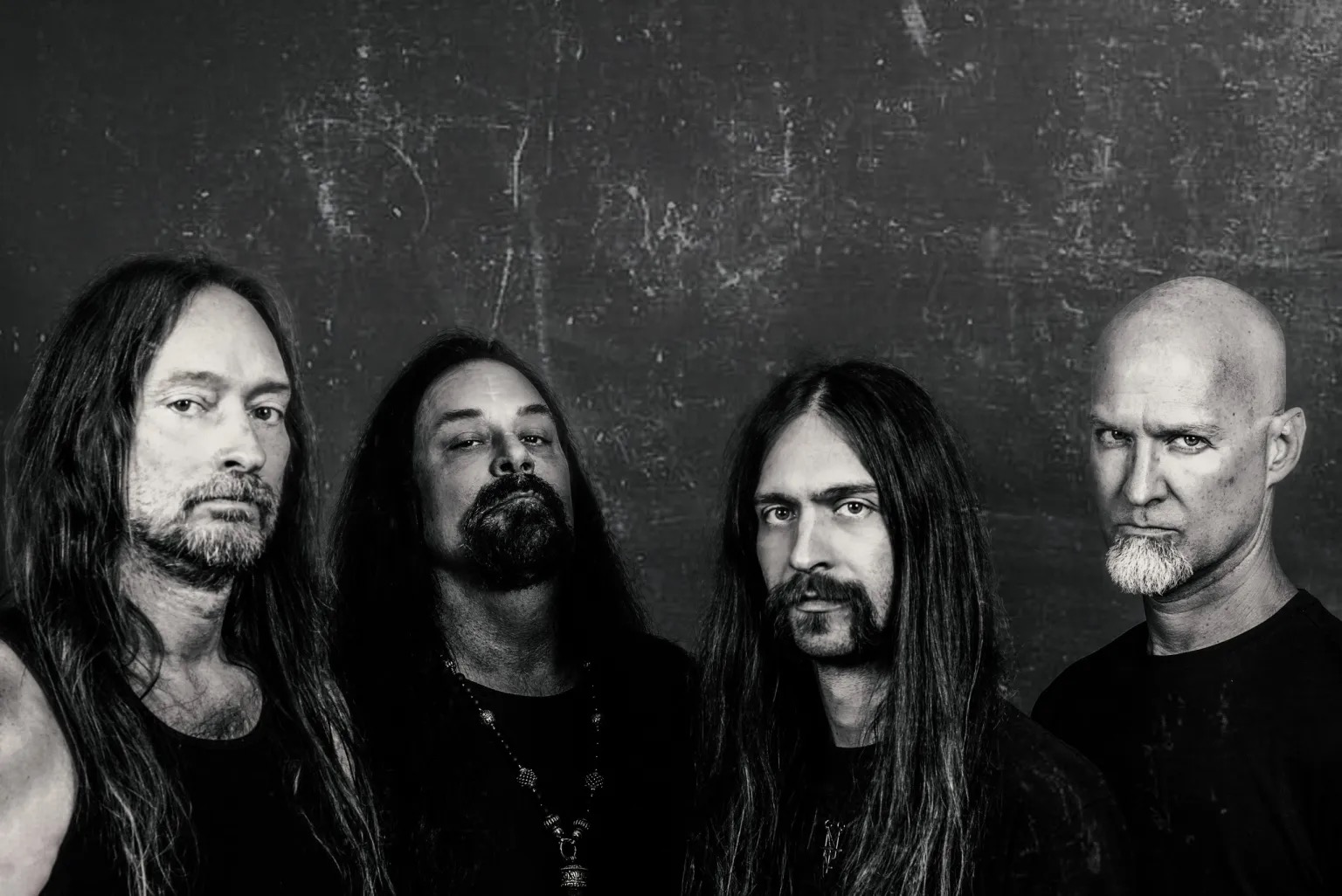
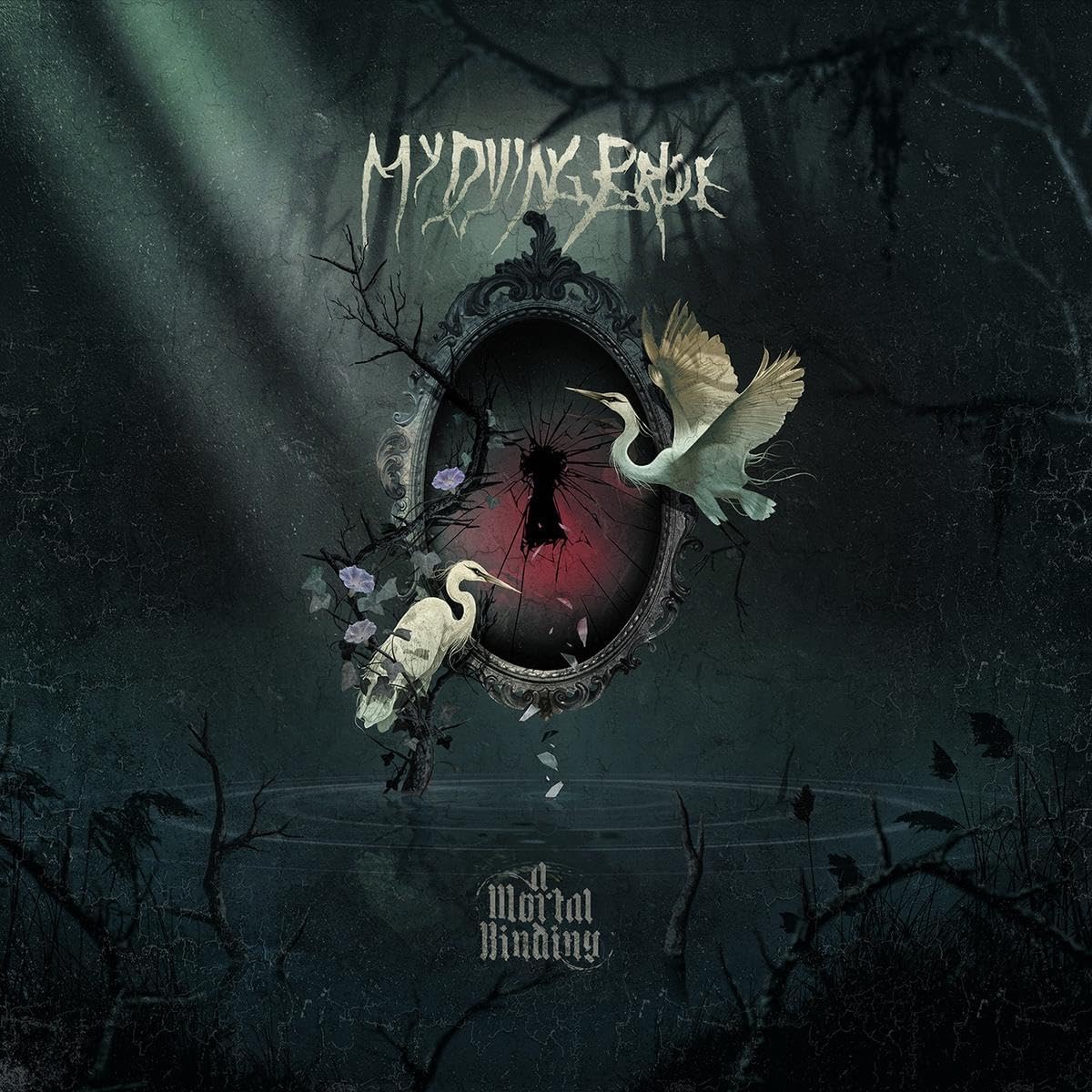

Leave a Reply